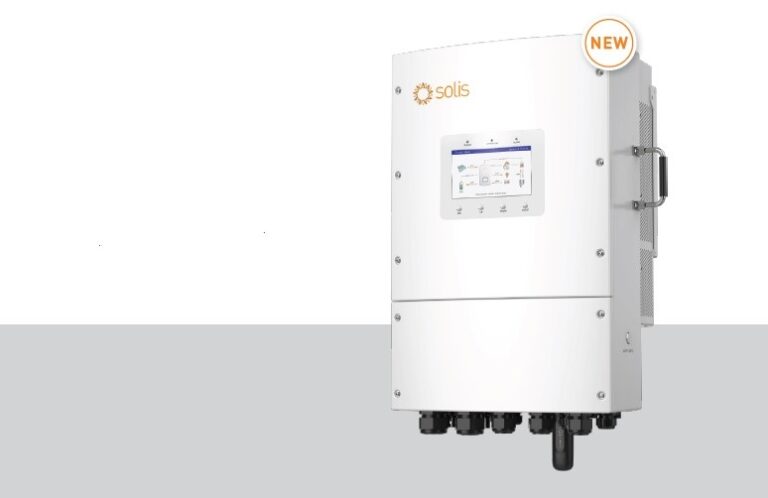The Chinese manufacturer said its new series includes inverters with AC power up to 15 kW. It supports a maximum input current of 20A.
Chinese inverter supplier Solis has released a new series of three-phase hybrid low-voltage inverters.
The new S6-EH3P(8-15)K02-NV-YD-L series includes inverters with an AC power of 8 kW, 10 kW, 12 kW or 15 kW.
“A major advantage of using a low-voltage PV inverter is the ability to combine it with much cheaper low-voltage batteries,” a company spokesperson told PV Magazine. “The price gap between low and high voltage batteries is widening, while production costs for low voltage batteries continue to decline. The result is lower upfront costs for installations and equipment, making solar energy more accessible and affordable for homeowners and businesses.”
The new inverter supports a maximum input current of 20A, which according to the manufacturer is ideal for all powerful PV modules of any brand. The DC side of the battery can reportedly handle a maximum charge/discharge current of up to 290 A, allowing it to store more excess energy generated by PV systems.
The different models support a PV DC input of 12.8 kW, 16 kW, 19.2 kW or 24 kW. The maximum input current is 20 A or 40 A depending on the model, and the maximum short circuit current is rated at 30 A or 50 A. The output current is rated at 12.2 A-22.8 A and the efficiency is set at 97, 6. %.
“Multiple inverters can work together to form a microgrid,” the company said. “The product line supports dual backup ports for intelligent control of critical and non-critical loads. The system also has an overload capacity of 200% within ten seconds.”
The inverters measure 43 cm x 66 cm x 30.5 cm and weigh 42 kg. Their operating temperature is estimated at -40 C to 60 C, and their maximum operating altitude is 4,000 m. They are all based on fan cooling.
“A major advantage of using a low-voltage PV inverter is the ability to combine it with much cheaper low-voltage batteries,” the company said. “Balancing batteries in a low-voltage system is easier and more efficient. It allows batteries to operate at optimal levels, extending their lifespan and ensuring reliable performance without the risk of over or undercharging.”
This content is copyrighted and may not be reused. If you would like to collaborate with us and reuse some of our content, please contact: editors@pv-magazine.com.


